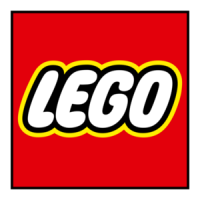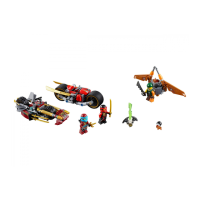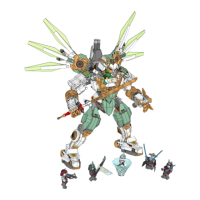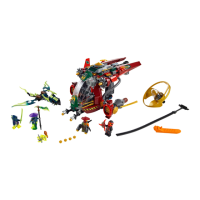The Apollo Program
On May 25, 1961, President John F. Kennedy
challenged his country to safely send and return an
American to the Moon before the end of the decade.
NASA met that challenge with the Apollo program.
It would be the fi rst time human beings left Earth
orbit and visited another world. The Apollo program
played a crucial role in space exploration and made
it possible to explore more distant worlds further
in the future.
The Apollo program consisted of 11 spacefl ights.
The fi rst two missions, Apollo 7 and 9, were Earth-
orbiting missions used to test the Command
and Lunar Modules. The next two, Apollo 8 and
10, tested various components while orbiting
the Moon, also taking photographs of the lunar
surface. While Apollo 13 did not land on the moon
due to a malfunction, a total of six other missions
did and returned with a wealth of scientifi c data
and almost 881.8 lbs (400 kilos) of lunar samples.
The fi rst manned mission to the moon was Apollo
8. It circled around the moon on Christmas Eve in
1968. Just over six months later on July 20, 1969,
the world witnessed one of the most astounding
technological achievements of the 20th century
when a NASA astronaut on Apollo 11 became the
fi rst human to set foot on the Moon.
The Apollo 11 mission lasted 195 hours, 18 minutes
and 35 seconds - about 36 minutes longer than
planned. After lunar orbit insertion, the Command
Module (CM) and Lunar Module (LM) separated.
While one crewmember remained in the CM, which
orbited the Moon, the other two astronauts made
the historic journey to the lunar surface in the
LM. After exploring the surface and setting up
experiments for 21 hours and 36 minutes, the
astronauts returned safely to the CM and began
the journey back to Earth.
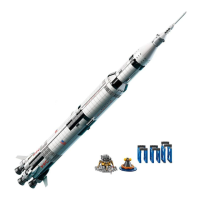
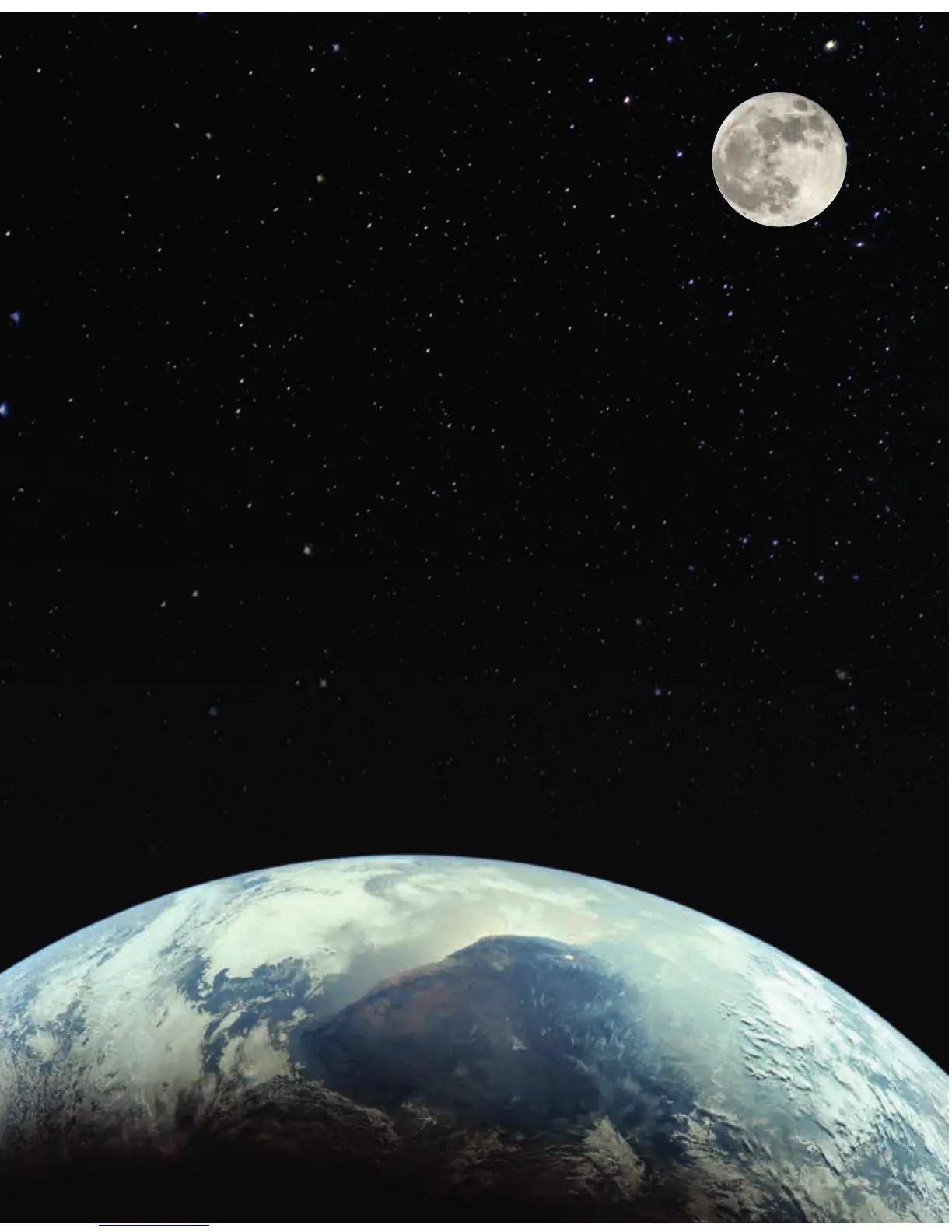